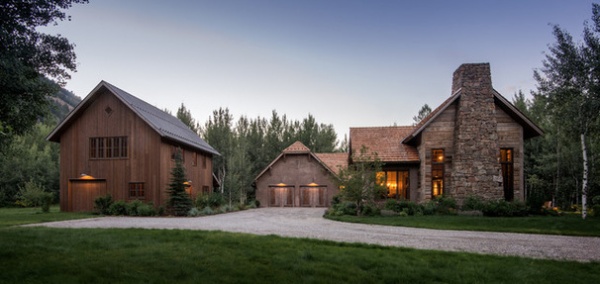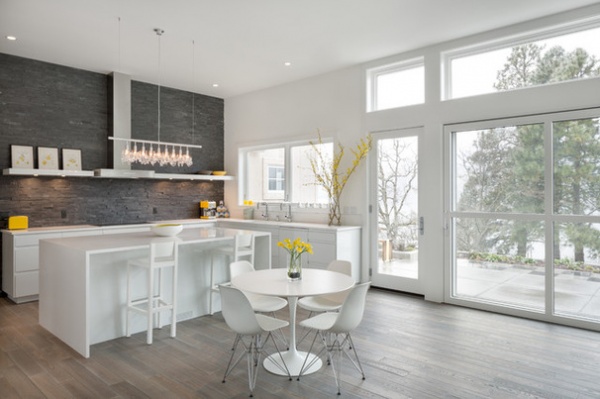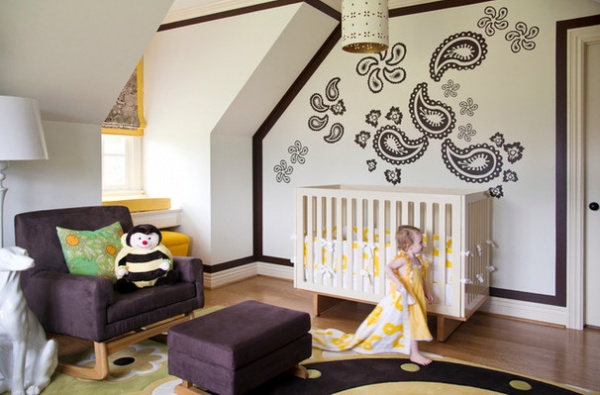Your Complete Guide to Building Permits
http://decor-ideas.org 06/08/2015 02:55 Decor Ideas
Yes, the building permit process can be a frustrating, costly and-time consuming affair, but there is purpose to the process and no getting around your local jurisdiction if you want to do your project right.
Here we recap the building permit basics, with links to more in-depth analysis of various stages of the planning, permitting and inspection processes. It’s an overview of a subject you should familiarize yourself with before tackling your home remodel project.

1. When Is a Permit Required?
The building code has evolved to protect a home’s occupants as well as the community, but first you need to determine whether a permit is required.
In cases of simple interior cosmetic changes, such as repainting and installing interior trim or carpet, a permit will not be required.
For remodels that add square footage to your home or make structural modifications, a permit will definitely be needed. Other projects, such as those involving cosmetic changes to your exterior or landscape, may or may not require a permit.
When in doubt, take a trip down to your local building jurisdiction and ask, or seek help from a reputable professional in your area.
See more on when a permit is required and when it’s not

2. Submittal Process
Your first mission is to determine the entire scope of your project with as much specificity as possible. With a clear understanding of what the job entails, you can prepare your plan for the submittal process.
Once the scope is determined, the next step is getting the approval of your planning department. Planning departments review your plan to ensure that the general plan and rules governing land use in your community are followed. If you live in a community with a homeowners association, you may also need approval from your association.
After receiving planning approval, your plan can be reviewed by the building department. The building department carefully reviews plans for adherence to the building code, including review of any structural, electrical and mechanical modifications.
See more on the submittal process

3. Code Requirements
The generally accepted building code is the International Building Code (IBC), which has been adopted, with some regional modifications, throughout most of the United States.
If you are using a design and building professional, they should have a thorough understanding of the code, but the code continues to evolve, and if you plan to oversee your own project, there are certain rules you should familiarize yourself with. These include egress and electrical requirements.
See more on code requirements

4. Green Building and Energy Codes
The purpose of the building code is to protect not only occupants, but also the general community. This is where green building and energy code requirements come in.
Your project will be required to adhere to these codes adopted by your community. Green building codes set minimum standards for a project in terms of water consumption, air quality, toxicity of materials, building efficiency, general waste reduction and storm water management.
Energy code requirements vary greatly depending on the region you live in, and they involve details such as insulation and HVAC systems regulating the energy efficiency of your home.
See more on green building codes

5. The Inspection Process
While the number of inspections required for a given project can vary greatly, from one simple visit to a series of a dozen or more, there is one piece of advice that holds true in all cases: It pays to develop a relationship with your inspector and seek his or her advice every chance you get.
Reputable building professionals establish trust with local inspectors, and if you are doing your own work, you should build a rapport with your inspector by communicating openly and listening to the inspector’s advice.
The required inspections for your project should be clearly defined by your building jurisdiction and might include areas such as concrete, utilities, underfloor work, exterior walls, roofs and insulation, all leading up to the final inspection.
See more on the inspection process

6. Final Inspection
It’s the moment of truth. On the day of your final inspection, all the planning and all the work are in the rearview mirror, as long as the inspector conducting the final review says so.
If you have properly prepared for the final inspection by communicating with your inspector, seeking a checklist of all the requirements to be reviewed, you have gone a long way toward ensuring success. There are some specific requirements that commonly trip up projects (we list some in the story linked below), but the most common infraction is a failure to follow the approved plan.

The safety of your family is at stake, but so is their general well-being and the welfare of your community. It’s why the building code exists, and you will sleep better and avoid financial risks by following the advice in this series.
Hiring a reputable professional is the best way to ensure success, but if you are doing the work yourself, be sure you are educated on the building permit requirements relating to your project.
See more on the final inspection
Related Articles Recommended












